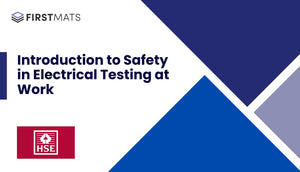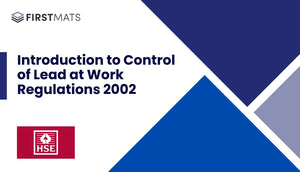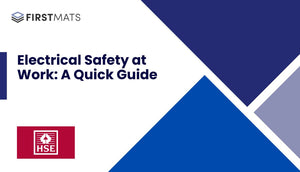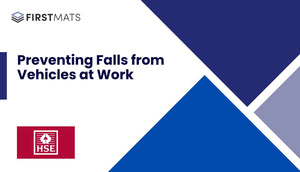Article Index:
Introduction
This is a quick guide based on the Health and Safety Executive (HSE) document titled 'Warehousing and storage: Keep it safe'. The document, coded as INDG412, provides important safety guidelines for warehousing and storage facilities. This blog article simplifies the key points from the document for easy understanding and application.
Main Causes of Accidents in Warehousing and Storage
The HSE report identifies the following as the primary causes of accidents in warehousing and storage facilities:
- Slips and trips
- Manual handling
- Work at height
- Vehicles in and around the warehouse
- Moving or falling objects
These risks should be considered alongside any other site-specific hazards.
Preventing Slips and Trips
Slips usually happen due to wet or contaminated floors. To avoid this:
- Maintain equipment properly to prevent floor contamination
- Deal with contamination immediately, such as by cleaning
- Consider the floor type - rougher floors are less likely to cause slips when wet or contaminated
Trips, on the other hand, are usually caused by objects on the floor or uneven surfaces. To prevent this:
- Plan workflows and storage to avoid obstructions
- Keep floors and traffic routes free from obstructions
- Ensure floor surfaces are even both inside and outside buildings
- Provide good lighting and clear any fallen items as soon as possible
Safe Manual Handling
Work-related aches and pains, including lower back and neck pain, are common in the warehousing and storage industry. To minimise this risk:
- Carry out a manual handling assessment for tasks that present a risk of injury
- Redesign tasks to avoid manual handling where possible
- Use mechanical handling devices, such as lift trucks, pallet trucks, trolleys etc.
- Provide training in safe manual handling techniques
Work at Height
Work at height must be properly planned, supervised, and carried out safely. To ensure this:
- Avoid work at height where possible
- Select the correct equipment for the task
- Never use pallets on fork-lift trucks for accessing work at height
- Ensure everyone involved in working at height has the necessary training
Vehicles in and Around the Warehouse
Moving vehicles need careful management to reduce accident risks. This includes managing deliveries and visitors, ensuring pedestrian safety, designing traffic routes properly, managing reversing vehicles, and having safe systems for loading and unloading vehicles.
Moving or Falling Objects
Take steps to prevent injuries from falling objects. This includes using suitable mechanical handling equipment, maintaining and examining industrial trucks regularly, and ensuring storage systems are properly designed and maintained.
Conclusion
This quick guide provides a simplified overview of the HSE's guidelines for safety in warehousing and storage facilities. For more detailed information, refer to the original HSE document 'Warehousing and storage: Keep it safe' (INDG412).







